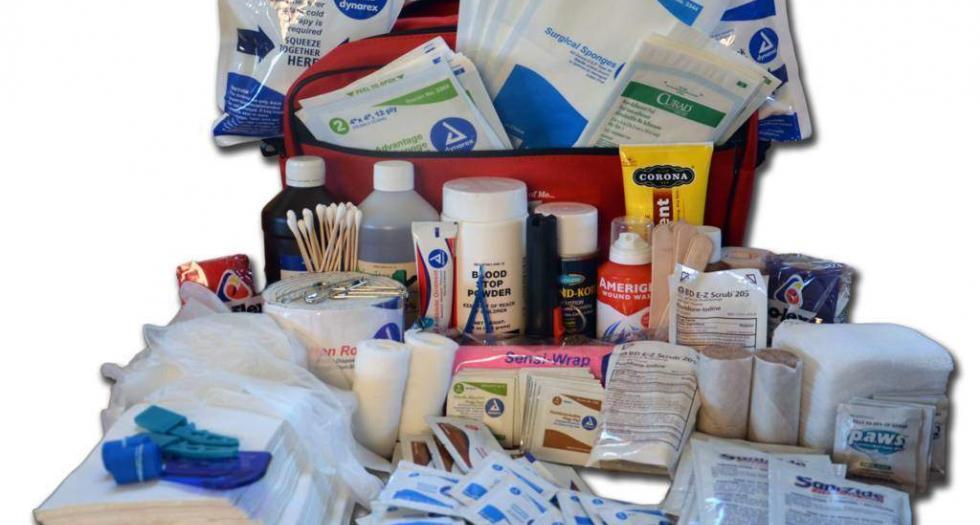How Can We Help?
First aid kits
All workers must be able to access a first aid kit. This will require at least one first aid kit to be provided at their workplace.
Contents
The first aid kit should provide basic equipment for administering first aid for injuries including:
− cuts, scratches, punctures, grazes and splinters
− muscular sprains and strains
− minor burns
− amputations and/or major bleeding wounds
− broken bones
− eye injuries, and
− shock.
The contents of first aid kits should be based on a risk assessment. For example, there may be higher risk of eye injuries and a need for more eye pads in a workplace in which work involves machinery or chemicals. For example, where:
− chemical liquids or powders are handled in open containers
− spraying, hosing or abrasive blasting operations are carried out
− there is a possibility of flying particles causing eye injuries
− there is a risk of splashing or spraying of infectious materials, or
− welding, cutting or machining operations are carried out.
Extra equipment may be needed in remote workplaces, for example for serious burns, breathing difficulties or allergic reactions. The recommended contents of a typical first aid kit and information on extra equipment is provided in below
- crepe bandages of varying widths
- hypoallergenic (skin) tape
- triangular bandages
- adhesive dressing strips (such as bandaids) in different sizes
- gauze swabs
- combine dressing pads (10cm x 10cm)
- non-stick dressing pads (7.5cm x 10cm)
- sterile eye pad
- alcohol swabs
- stainless steel scissors (sharp/blunt) 12.5cm
- disposable gloves
- stainless steel pointed splinter forceps (tweezers)
- shock (thermal) blanket
- safety pins
- notepad and permanent marker
- sterile saline tubes/sachets
- disposable resuscitation face shield
- antiseptic skin swabs
- stop itch cream
- first aid booklet
First Aider
As a PCBU you must ensure an adequate number of workers are trained to administer first aid at the workplace or workers have access to an adequate number of other people who have been trained to administer first aid.
First aid in the workplace can be provided in two ways:
- training one or more of your own workers to administer first aid, or
- arranging for a person who does not work for you to administer first aid to your workers provided they have been trained to do so.
Through consultation with other duty holders, you may identify there are trained first aiders of other businesses who share your workplace, or other people who are qualified to administer first aid. You could seek to cooperate and coordinate with these other duty holders to ensure your workers have access to first aiders at the times when your workers carry out work, for example taking into account shiftwork and overtime.
If your first aiders move around the workplace during their shift you should ensure they are easy to locate and identify—for example on a construction site your first aiders could be identified by a high visibility vest of a particular colour or you could display a contact number for first aid in prominent locations.
Types of first aid training
As a minimum first aiders should hold nationally recognised Statement/s of Attainment issued by a Registered Training Organisation (RTO) for the nationally endorsed first aid unit of competency Provide First Aid or a course providing equivalent skills. A higher level or additional training may be required to ensure your first aiders have appropriate skills for the risks you have identified in your workplace.
For example, additional training may be required where:
− work is remote or isolated
− there are risks from dangerous substances such as cyanide or arsenic
− specialist first aid equipment or first aid room is installed in the workplace
− children are present in the workplace
− you have identified psychological risks, or
− workers have existing medical conditions which may require first aid.
Where workers or others at the workplace have known existing medical conditions, first aiders should be trained to respond to these conditions if the topic has not been covered in previous first aid training.
for more information please refer to below resource


